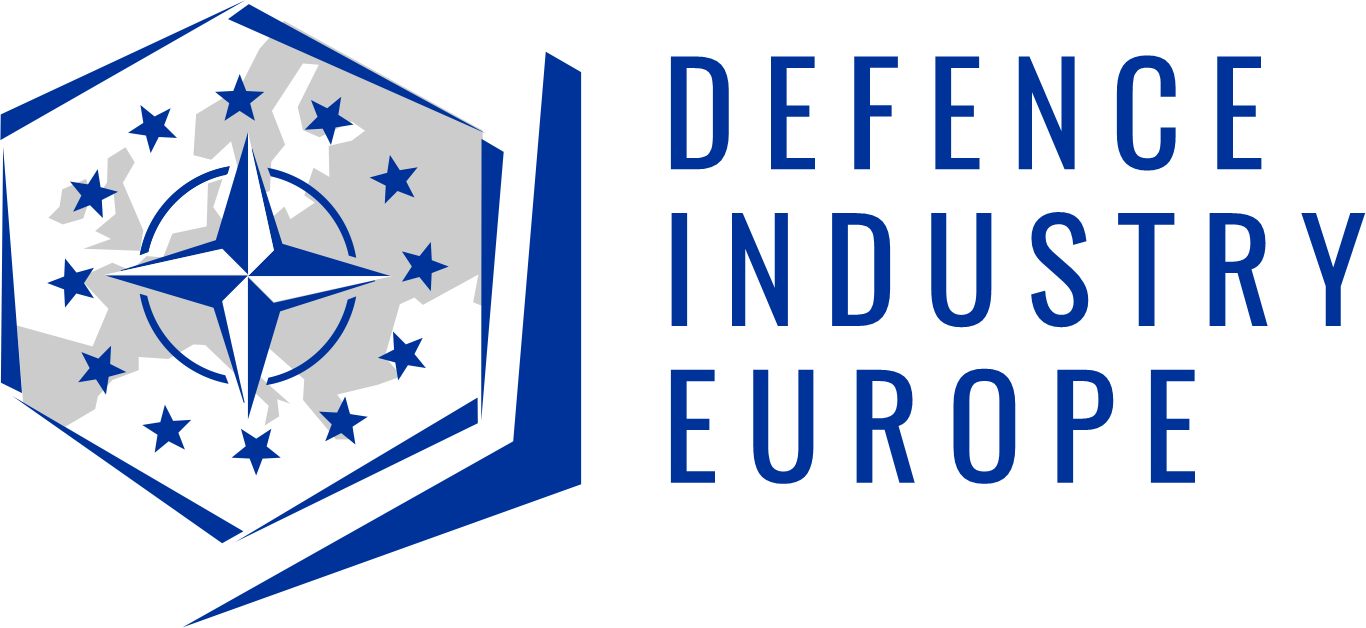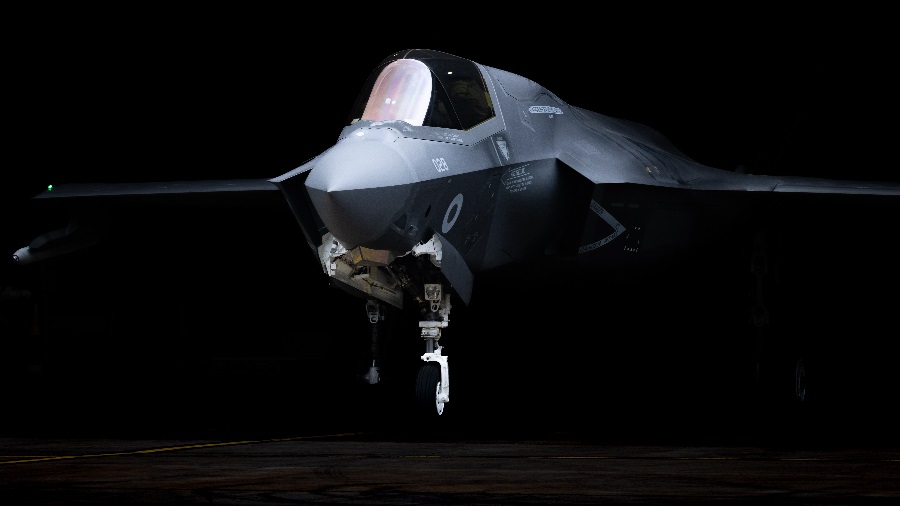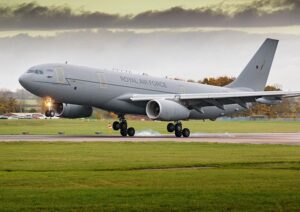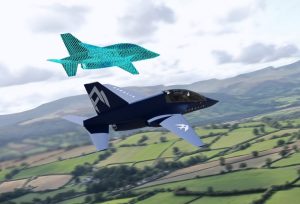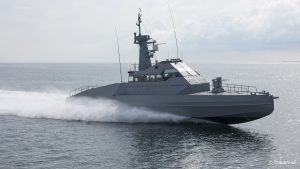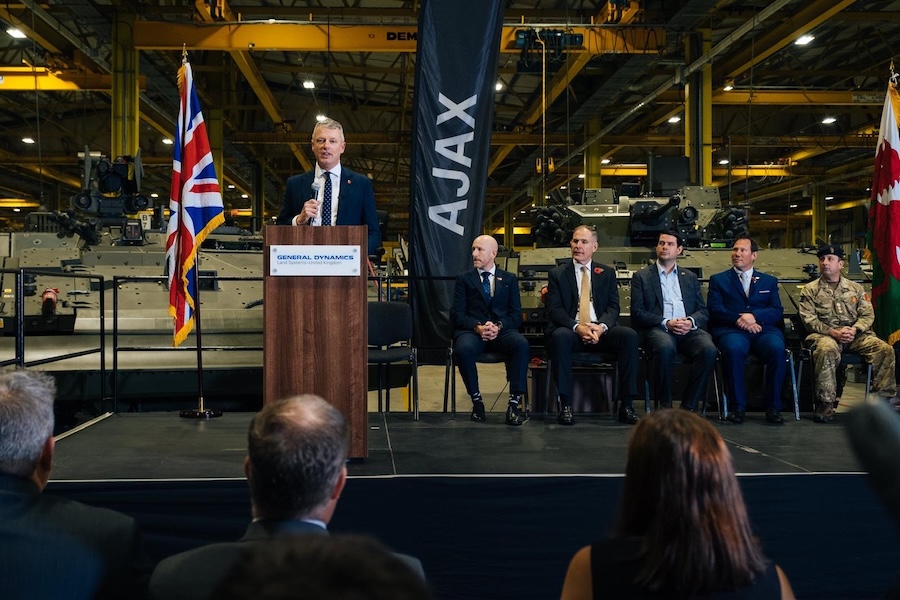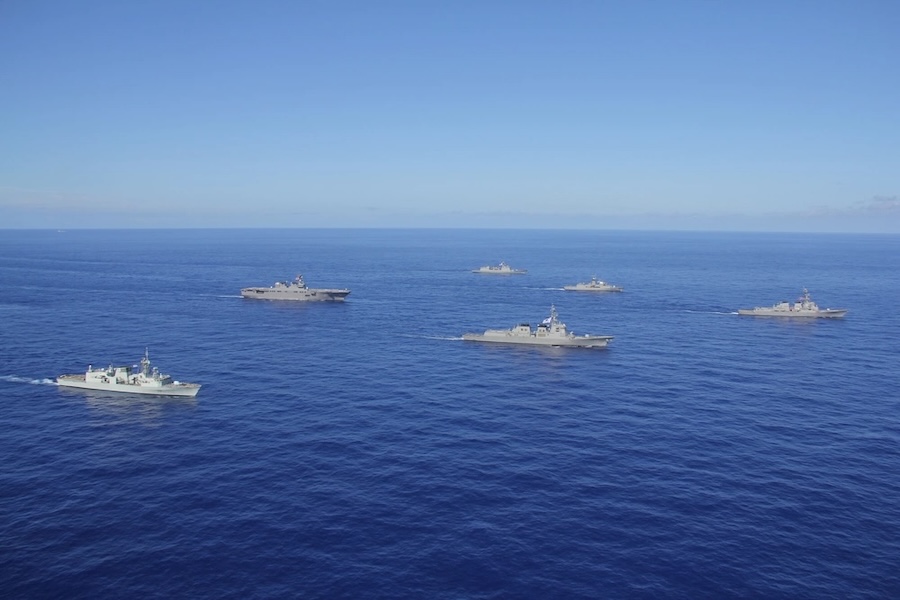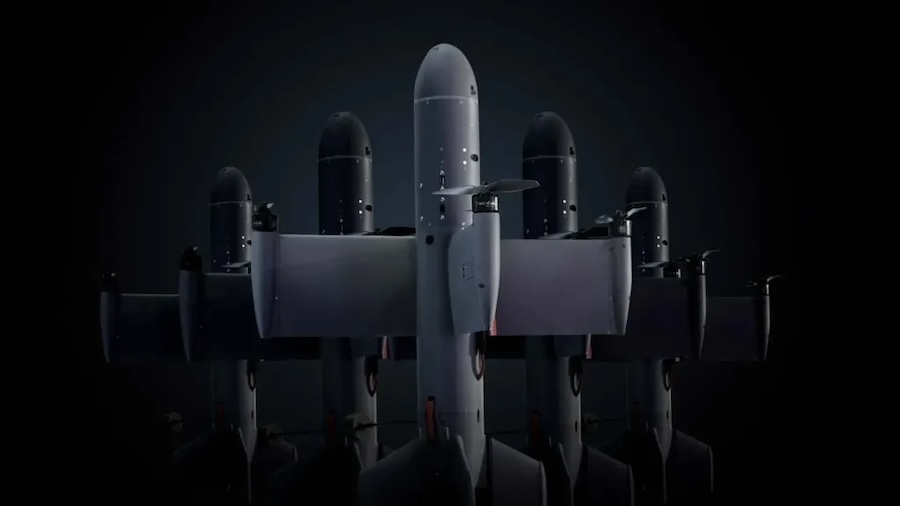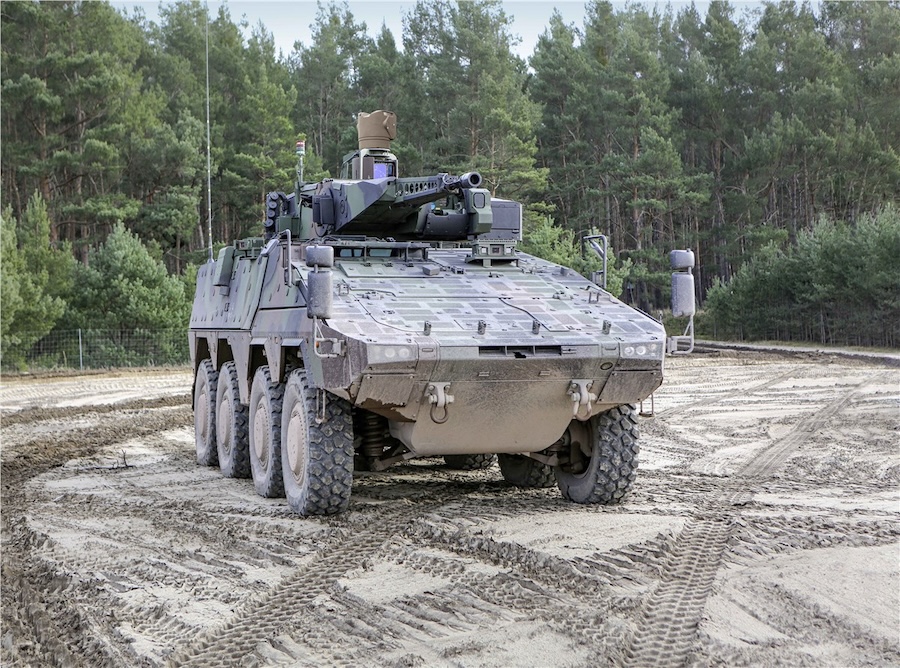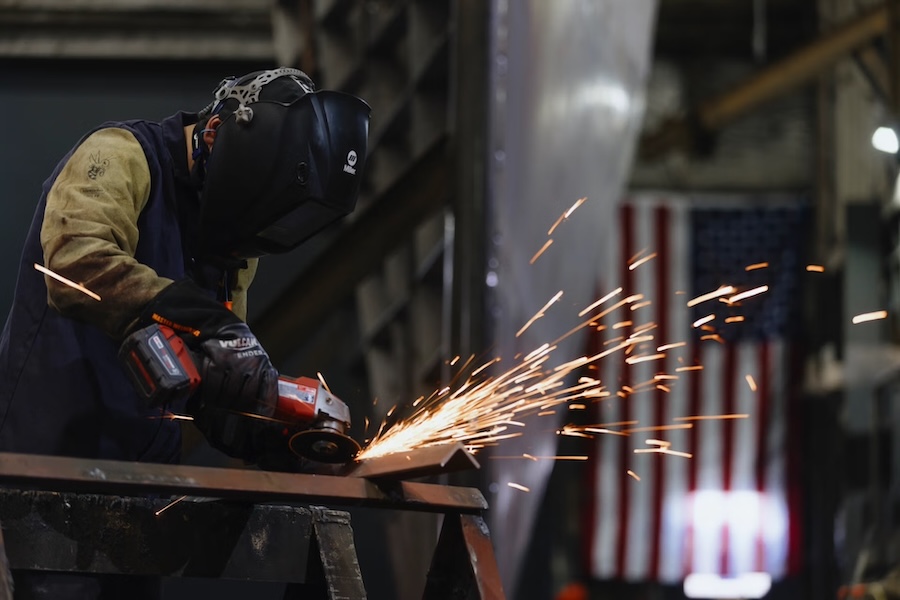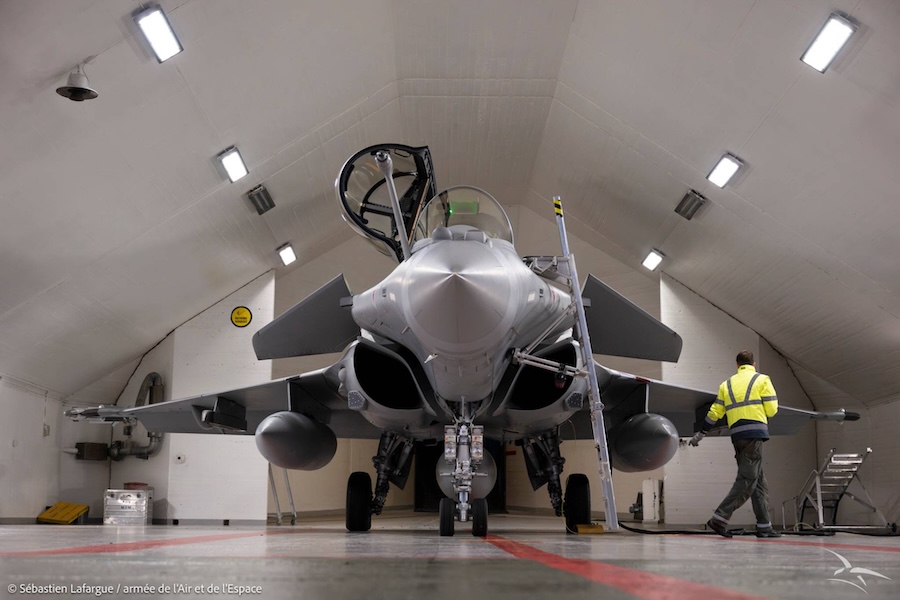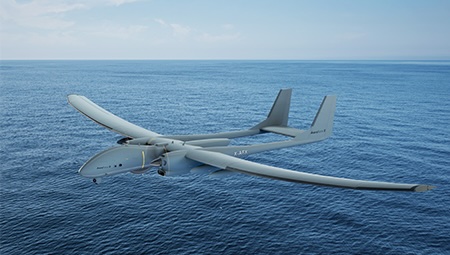The F-35A aircraft will be available to fly NATO’s nuclear mission in a crisis, deepening the UK’s contribution to NATO’s nuclear burden-sharing arrangements, and deter those who would do the UK and our Allies harm. It reintroduces a nuclear role for the RAF for the first time since the UK retired its sovereign air-launched nuclear weapons following the end of the Cold War.
This complements the UK’s own operationally independent nuclear deterrent, strengthens NATO’s nuclear deterrence, and underlines the UK’s unshakeable commitment to NATO and the principle of collective defence under Article V.
As part of the second phase procurement plans of 27 aircraft, we will purchase a combination of twelve F-35A and fifteen F-35B variants, with options on further purchases examined in the Defence Investment Plan. The UK has a declared headmark of 138 aircraft through the life of the F-35 programme.
Day-to-day, the F-35As will be used in a training role on 207 Squadron, the Operational Conversion Unit (OCU). As the F-35A carries more fuel than the F-35B variant, it can stay airborne for longer, extending the available training time in each sortie for student pilots. As F-35As also require fewer maintenance hours, there will be increased aircraft availability on the OCU. These factors combined will improve pilot training and reduce the amount of time for pilots to reach the front-line squadrons.
The F-35A will complement the existing F-35B, offering a family of strike aircraft that significantly reduces life-cycle costs, meets operational requirements, and improves F-35 Force Generation for Carrier Strike operations.
Designed to operate from conventional runways, the F-35A offers increased range, increased payloads, and increased agility. The new fast jets will be based at RAF Marham and support the stand-up of a third front line F-35 Lightning Squadron.
The F-35A is the common variant in Europe making it a force multiplier for NATO. This will strengthen allied deterrence and interoperability, supporting the Alliance for the challenges of today and tomorrow.
“The threat we now face is more serious and less predictable than at any time since the Cold War. We face war in Europe, growing Russian aggression, new nuclear risks, and daily cyber attacks at home. Equipping the RAF with F-35A aircraft demonstrates our unshakeable commitment to our ‘NATO First’ principle, acting as a potent deterrent to those who would do the UK and our Allies harm,” said Chief of the Air Staff, Air Chief Marshal Sir Rich Knighton.
Typhoon will remain a fundamental part of the UK’s Combat Air mix. The synergy between Typhoon and F-35 Lightning forms a powerful, interoperable force, offering a blend of air-to-air dominance, stealth, and versatile air-to-ground capabilities. We will create an RAF with new generation jets including GCAP, F35A, F35B and Typhoon, supported by autonomous wingmen, to defend Britain’s skies and strike anywhere in the world.
Source: Royal Air Force (RAF).



